Landscape Architects Defend the 2024 Conservation and Landscape Health Rule
11/4/2025
Image by the Bureau of Land Management (BLM).
Landscape architects are speaking out against the BLM’s proposal to rescind the 2024 Conservation and Landscape Health Rule, which provides a science-based framework for protecting and restoring public lands. The rollback would prioritize extractive uses over conservation and remove key tools for restoration and public engagement. ASLA members are encouraged to sign the letter to support the health, resilience, and sustainable management of America’s public lands.Read More


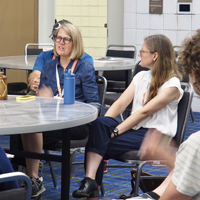
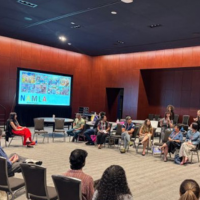
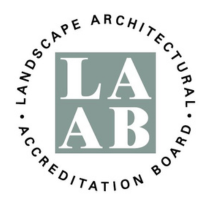
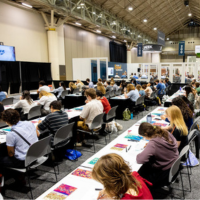
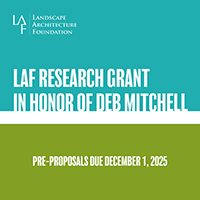
.jpg?n=4926)

.png)
.png)
.png)
.png)
.png)
(1).png)

